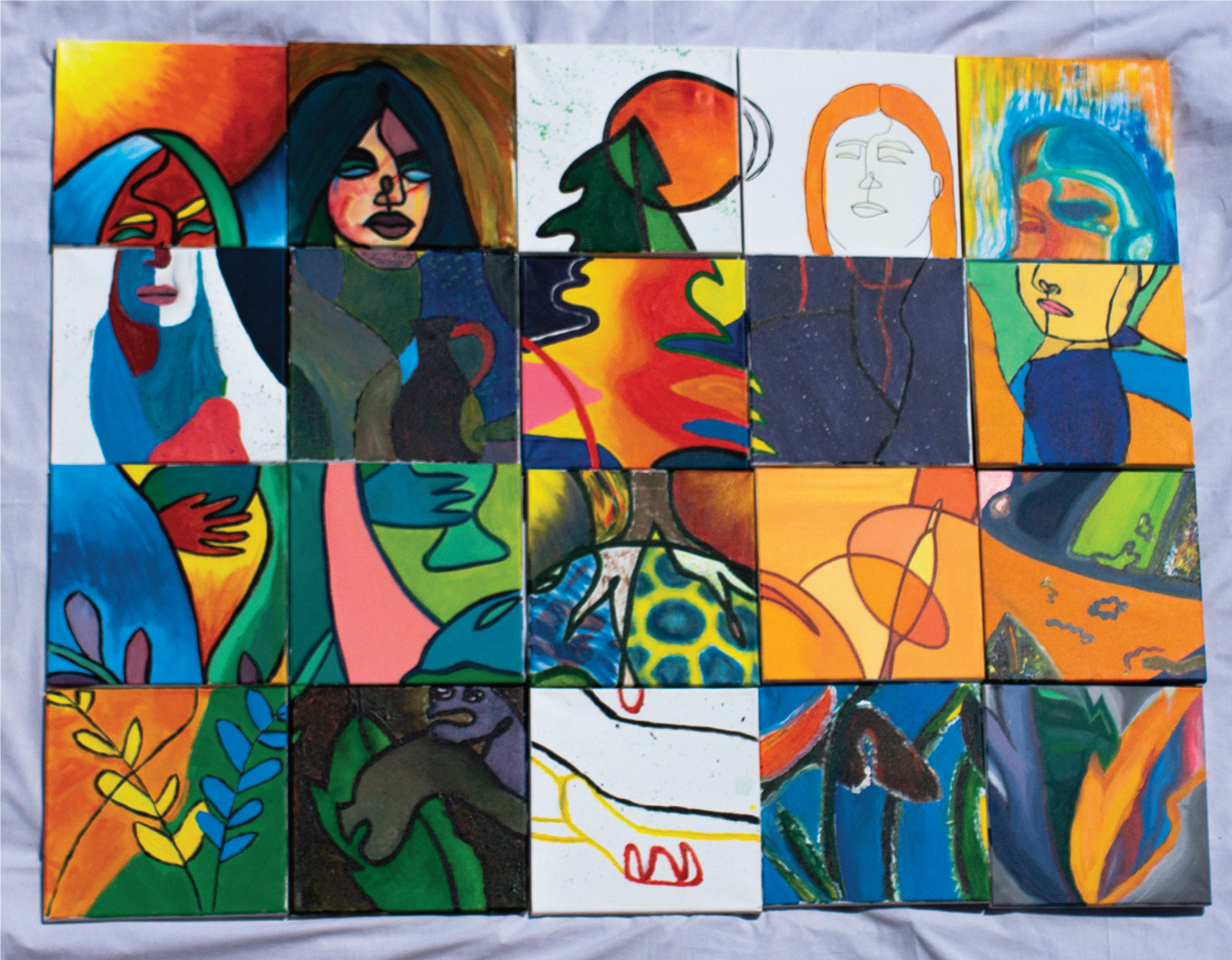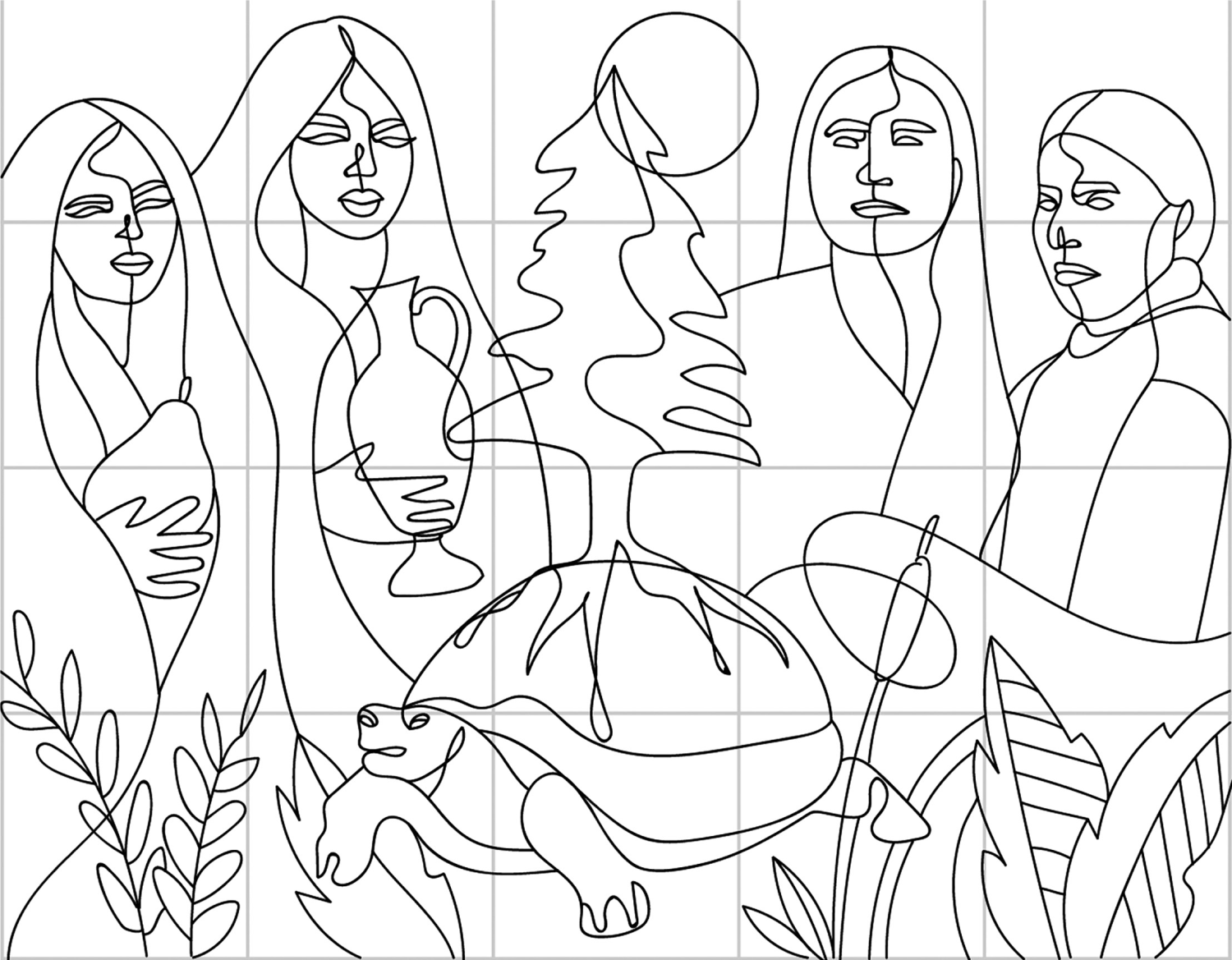Indigenous youth find healing by connecting to community and land. In this workshop, we built a method to explore our own connection to land. In a land acknowledgement, it is our hope that the broader Canadian population learn and pay tribute to the lands which they occupy. It is with our most heartfelt desire that this is a step towards not only relearning history—and the erasure of 15,000+ years of Indigenous occupation through villages, camps, ceremonial sites, foodways and Lifeways—but also that the acknowledgement serves as a gateway to conversation about land theft and how to redress the past 550 years of violent colonization.
Indigenous youth should not have to pay for the crimes of colonial histories. They are keenly aware of the violence and crimes committed in the past to the boundaries, structural inequalities, and violence committed today. It is of critical importance that we continue to acknowledge the land and all of creation, and that we come together unified in expression of celebration of our unique and multiple cultures.
Through this mural building project, it was our goal to have urban Indigenous youth explore and express their own connections. We talked and shared our stories and desires. We shared food and laughed for hours. We spoke of love and community. We built a mural together that mirrored a patchwork of our collective desire for reclamation. In the end, the mural was pieced together and a harmony of shapes and colours emerged showing the Everlasting Tree on the back of a turtle, surrounded by images of humans that reflected our own positioned as care takers, plants, soil, stone, and so many aspects of creation. We built fellowship among a group come together to express love for Turtle Island and for each other.
Terre Chartrand, Artistic Director, Pins and Needles Fabric Company

This mural workshop was one of the most rewarding experiences I’ve had in my art career. I left with a full heart, a huge smile, and even a few happy tears in my eyes. The beauty of this mural workshop is that it combines elements of independent expression as well as a collaborative goal. Each youth worked on one or two canvas tiles independently that when pieced together create a larger image. I wanted to design an image that was a visual representation of a land acknowledgment—incorporating various aspects/objects of importance such as the everlasting tree of peace, Turtle Island, squash, copper vessels, and more.
The pure kindness, eagerness, and talent of these youth absolutely blew me away. I remember during the event, once I added the last few pieces to the puzzle, I turned around and saw everyone gathered together watching attentively. There was a moment of silence, but you could feel it, unspoken: “we did that, look what we just created.”
Trisha Abe, visual artist and muralist

